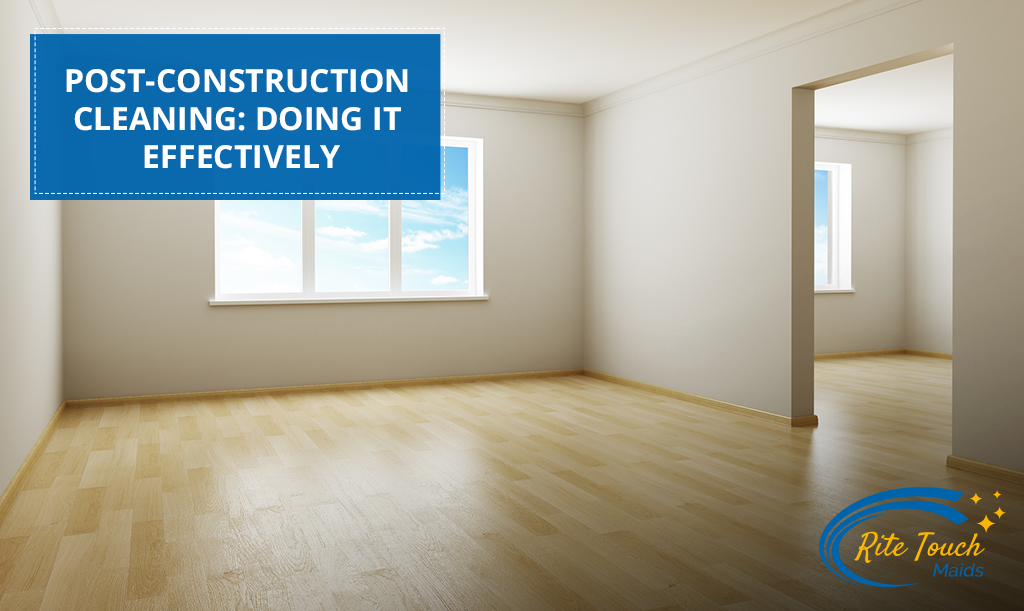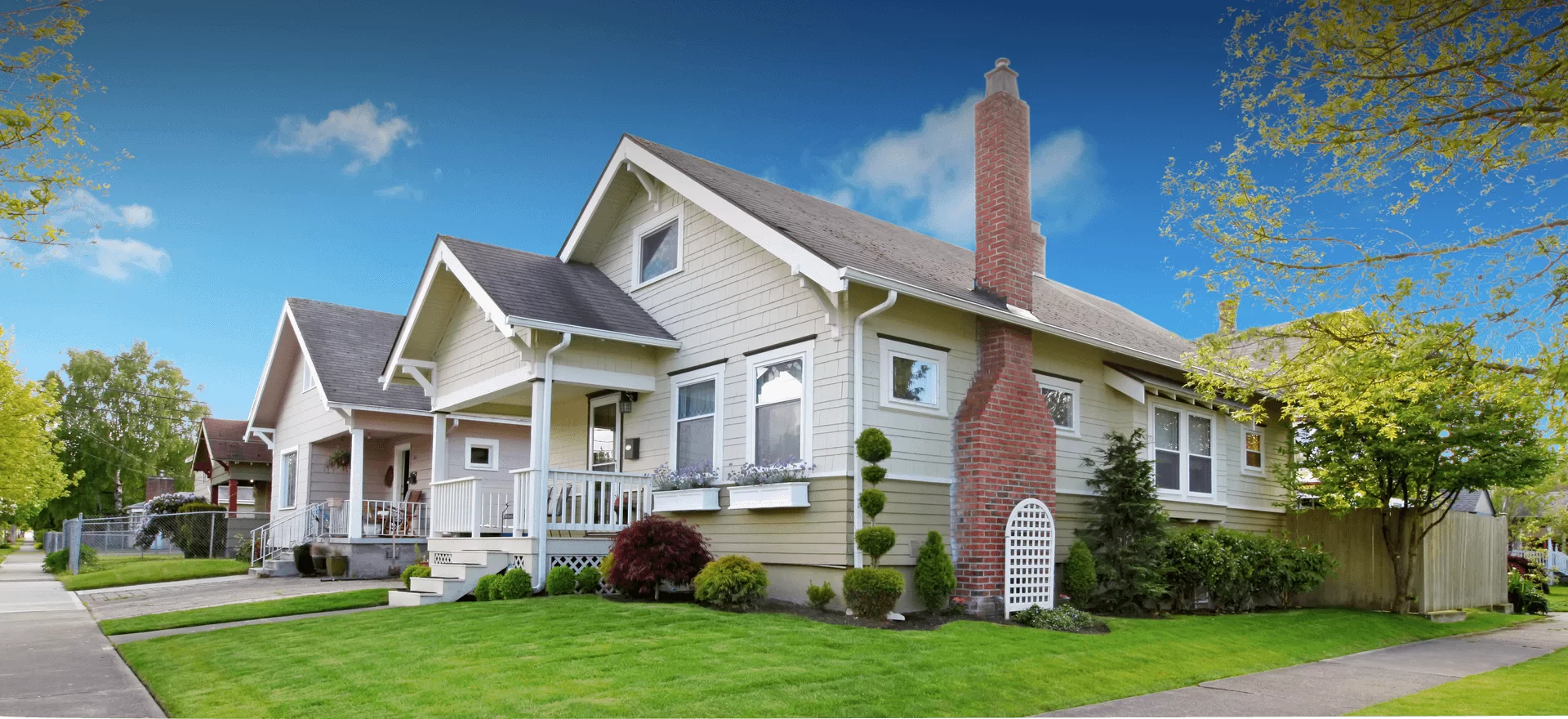Once your home remodeling project is finished there’s nothing you want more than to relax, right? Not so fast. Most contractors will leave out cleaning duties out of your agreement , and the ones that do include it just mean they’ll take out large pieces of debris, a quick sweep, and maybe wiping down the walls with some damp towels. The rest is up to you. All construction projects mean that you will be dealing with dust particles afterward, so the usual cleaning methods won’t be enough to deal with them.
This list of post construction cleaning tips will tell you how to do a better job getting your house back in shape after a big construction project, the protective gear you are going to need, and the tools that will make your job much easier. You should also consider getting some help, either some friends or, better yet, a group of professionals. The larger the project, the more hands you are going to need, so strap up and let’s get cleaning!
Wipe the room down from top to bottom
The main idea is to clean from the top down so there’s no trace of dust left behind. The roof might be a bit of a stretch, but you can start by using a dry mop to give it a once-over. Then, start thoroughly wiping the dust off of the walls, but gently so as not to damage the paint. Depending on the type of wall-covering, you can either use a damp cloth or go with dry dusting, as long as it gets the job done.
Shelves, cabinets, countertops and other flat surfaces above the floor are the next areas you want to tackle, and it’s important that you pay attention even to those hard-to-reach areas inside cabinets, so that all the dust is on the floor once you’re done. Be careful when wiping down your walls, since different materials will require different precautions so as to prevent damaging or staining it.
Sweep and vacuum carefully
Once all the dust is at the bottom of the room, it is time to talk floors. Construction dust is different than the run-of-the-mill dust that you sweep every day. This one is a little finer but also harder than normal and is usually mixed in with debris, so you run the risk of scratching the surface of your floor. Your cleaning method will have to change depending on what type of floor you own, since each one presents its own advantages and problems.
Tile floors are pretty resistant and easy to clean, but use a circular motion to avoid trapping the dust in the grout tracks. Laminated floors are even more resistant and long-lasting, so your options are pretty wide open here, just be careful not to be too rough or you might scratch it. Hardwood floors should be dusted, brushed, and vacuumed using only soft-headed tools and no water at all since they’re pretty delicate, and you might need to polish them afterward.
Finally, rugs and carpets should be vacuumed at maximum power using a clean bag for maximum airflow, and this should be done several times over a couple of days to make sure that there is no dust at all trapped inside, or you’ll make a mess the next time you wash it.
Clean your vents and air filters
When asking yourself what do I need for post construction cleaning, few remember the importance of going after your vents and air filters. It’s no surprise that a big renovation project will stir up a lot of dust that will mingle with the air, thus reaching your vents. This could make it spread to the other rooms in your house even if you only renovated one, so it’s critical that you clean the vents and air filters as soon as the renovation process is done. Start by removing the covers from your vents and clean each of them with soap and water, and set them out to dry. Clean the inside of your vents with the longest dry mop you have, and going in as far as you can reach. Finally, you should replace all the air filters that have been exposed to the dust, so your family will not have to breathe it and risk allergies and other issues.
Focus on the details
Once you finish the three steps above, you can focus on the smaller picture, such as dusting around the renovated area in places such as ceiling fan blades, under furniture, wiping down appliances, and other such places. Remember not to take the coverings off of your furniture until after you’re done cleaning.
After reading all that has to be done, no one would ever judge you for not wanting to deal with such a big problem. Doing it is important because you don’t want your family breathing in all that noxious dust, but if your schedule is already tight, why not call a team who can handle it without a hitch?



